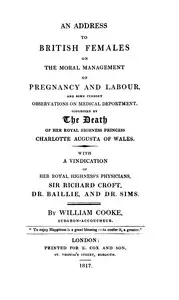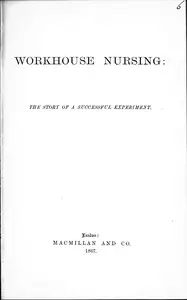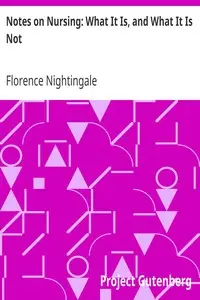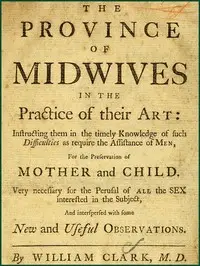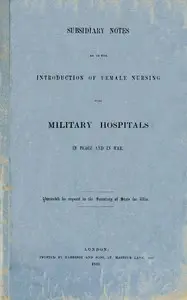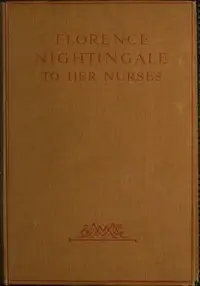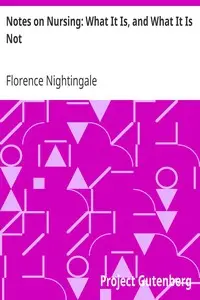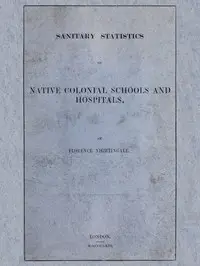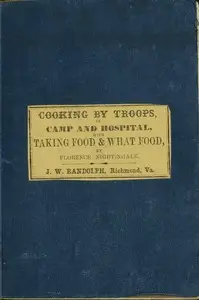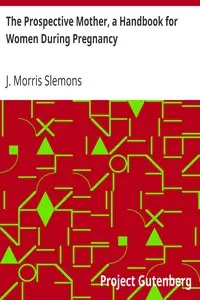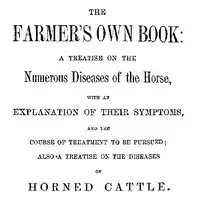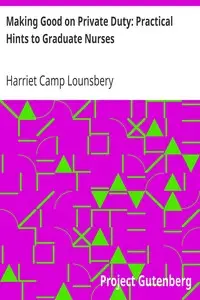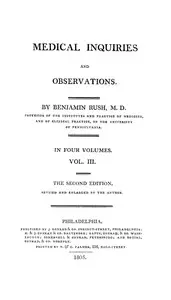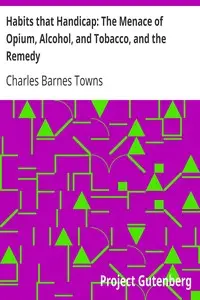"Introductory Notes on Lying-In Institutions" by Florence Nightingale is a late 19th-century scientific exploration of maternity hospitals. Nightingale's work centers on establishing and running these institutions effectively, tackling alarming mortality rates and their root causes. Motivated by disturbing statistics on maternal deaths and her observations of a high-mortality training institution, Nightingale champions the urgent need for superior midwife training and improved conditions for women giving birth. She calls for better management practices that could dramatically lower the deadly risks tied to childbirth, laying out crucial environmental and procedural factors in the process.
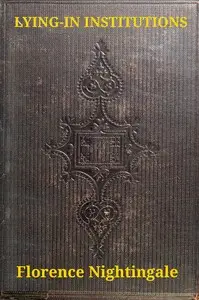
Introductory notes on lying-in institutions : $b Together with a proposal for organising an institution for training midwives and midwifery nurses
By Florence Nightingale
Discover how a visionary reformer sought to revolutionize childbirth practices and save lives by exposing the deadly failings of maternity care and proposing a bold new vision for midwife training.
Summary
About the AuthorFlorence Nightingale was an English social reformer, statistician and the founder of modern nursing. Nightingale came to prominence while serving as a manager and trainer of nurses during the Crimean War, in which she organised care for wounded soldiers at Constantinople. She significantly reduced death rates by improving hygiene and living standards. Nightingale gave nursing a favourable reputation and became an icon of Victorian culture, especially in the persona of "The Lady with the Lamp" making rounds of wounded soldiers at night.
Florence Nightingale was an English social reformer, statistician and the founder of modern nursing. Nightingale came to prominence while serving as a manager and trainer of nurses during the Crimean War, in which she organised care for wounded soldiers at Constantinople. She significantly reduced death rates by improving hygiene and living standards. Nightingale gave nursing a favourable reputation and became an icon of Victorian culture, especially in the persona of "The Lady with the Lamp" making rounds of wounded soldiers at night.

